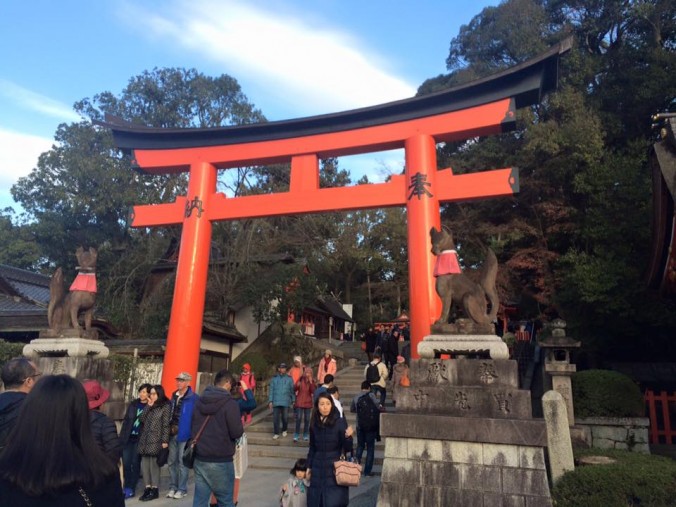Anyone who knows me knows that at any given time, I am involved in 5 different extracurriculars—and usually at least two are some kind of leadership position. And odds are, at some point in your UD experience, you’ll also be in charge of an extracurricular or two, or at least significantly involved. And if you are in charge of an RSO, the odds are also that you will be taking the helm of a ship barely afloat, if not sinking—not every RSO has the stature and establishment of The Review or SCPAB. So how to get some wind in those sails?
In my time at UD, I’ve been a part of many organizations at various stages of progress. I’ve been a member of HenMUN, an established organization for which I simply had to do what I was told. I’ve started my own organization, trying to build an international affairs publication from the ground up. But this year, I became one of two student Vice Presidents for Phi Kappa Phi, a prestigious honor society that has lost its footing due to the flood of “fake” honor societies (you know the type—they spam you with emails for earning a decent GPA, and all they ask is $50-100). Unlike the other societies that have a home in your spam folder, Phi Kappa Phi and its cousin, Phi Beta Kappa, have proof of their legitimacy through scholarship for members and partnership with UD’s Honors Program.





